
WHAT SORT OF VIDEO WILL SUIT MY BUSINESS?
What sort of video will suit my business?
Video content is a powerful tool for businesses to connect with their audience, convey messages effectively, and drive engagement. Incorporating video into your marketing strategy can differentiate you from competitors and be a valuable way of representing your business. There are however, different sorts of video that can work for you in different ways.
Corporate Video
Using video to tell your company's story will reinforce your values, mission, and culture. By demonstrating where you share goals and values with your clients you can build and emotional connection to your brand.
.


Case Study
These videos can be powerful tools for building credibility with potential clients. By demonstrating your products and services in real world situations case studies offer a clear understanding how you solve specific problems and benefit their business. Describe success stories, show how that success was achieved, and what it meant for the client. Use testimonials from the client and explanations of your process from your team.
Pre-recorded film for an upcoming event
Promoting an event through video will give you a valuable
asset to share into social media, and creating a video that encourages people to attend the event by showcasing its unique benefits, will reflect on your business, and allow you to show your products and services in the context of an industry related event.


Explain something
These are usually relatively short videos that add clarity to a product, service, or concept. They can use animations, visuals, and voiceovers to simplify complex ideas and grab the viewer’s attention. Explainer videos are good for introducing new products and giving an overview of the benefits of your services. By educating your audience and addressing their key issues that your business answers, explainer videos will boost understanding of your offer and potentially be a good lead generation tool.
Recruitment Film
Video can be an ideal tool for attracting the right candidates by creating introductory videos that contain information about the business, company culture, and available job opportunities. Candidates can be given an in-depth look at the culture and environment of the organisation, helping them to be better prepared at interview.

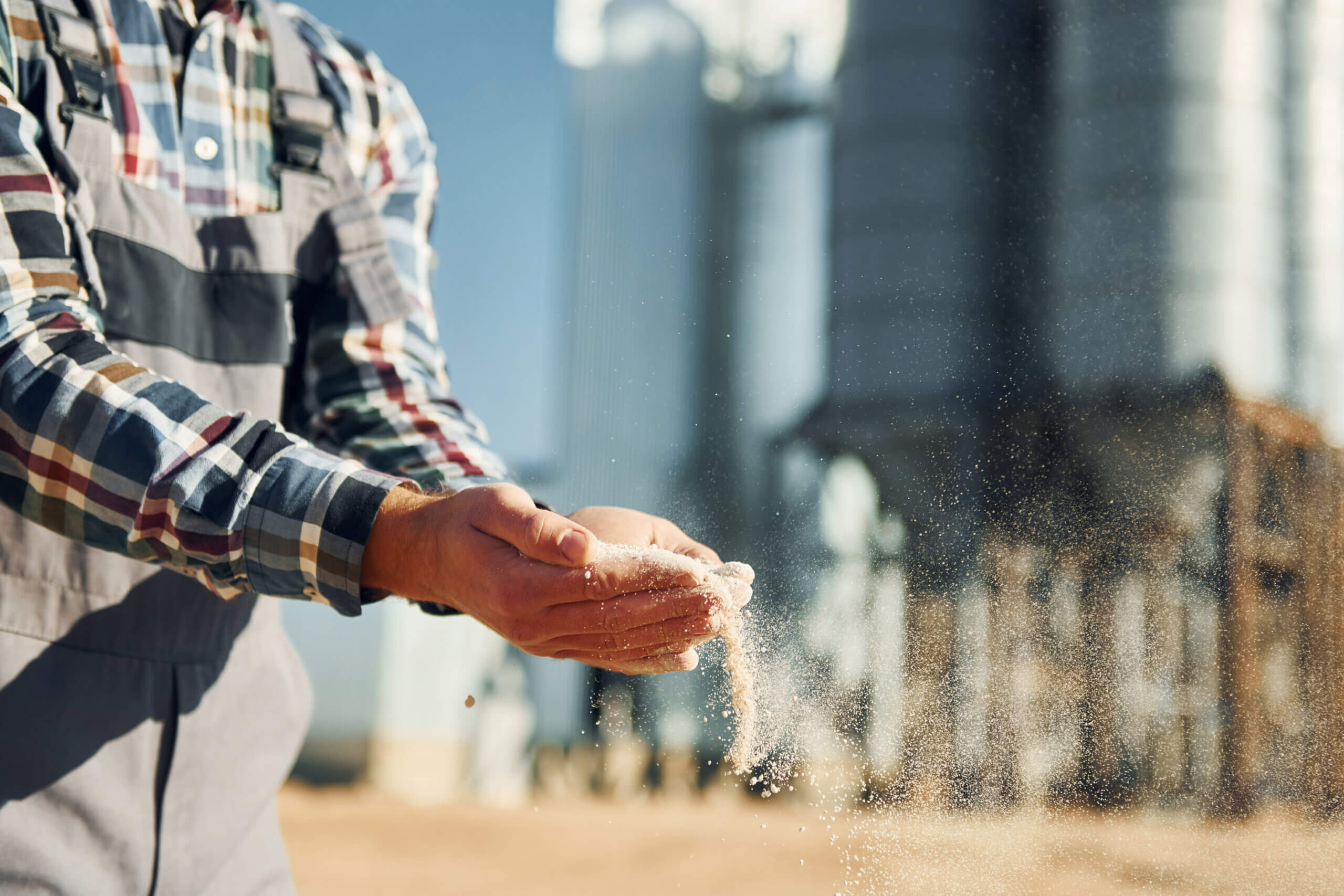
Induction films
Video can be used as part of the induction process and for outreach to existing employees, showcasing the company, and its culture. Providing information that supports new team members find their way around the company as well as job specific content through videos makes for an easy way to disseminate information be sure that it is be engaged with.
Conclusion
Each of these video types have their place in business. Which ones will be most effective for you depends on your business, where they will be used and what your goals are in creating video content for your company. In our 30-minute strategy call Super Motion listen to your requirements and ask the question that help us guide you to the most suitable video type to meet your objectives and make sure you achieve the best return on investment. To start you video journey book here for a strategy call or get in touch on 01225 970242.
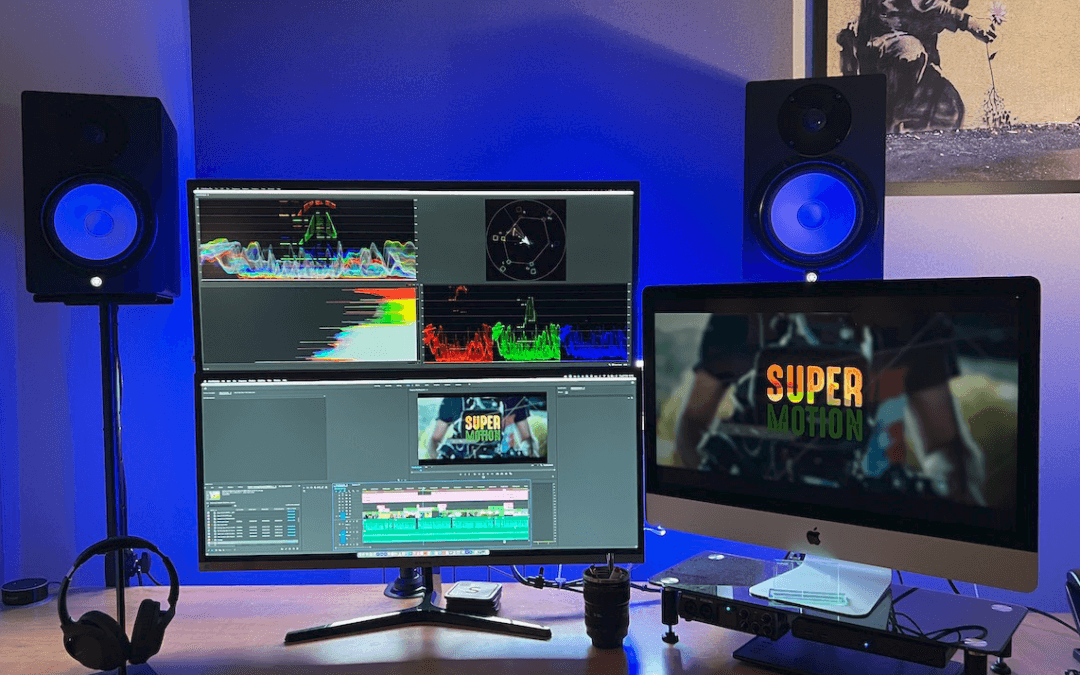


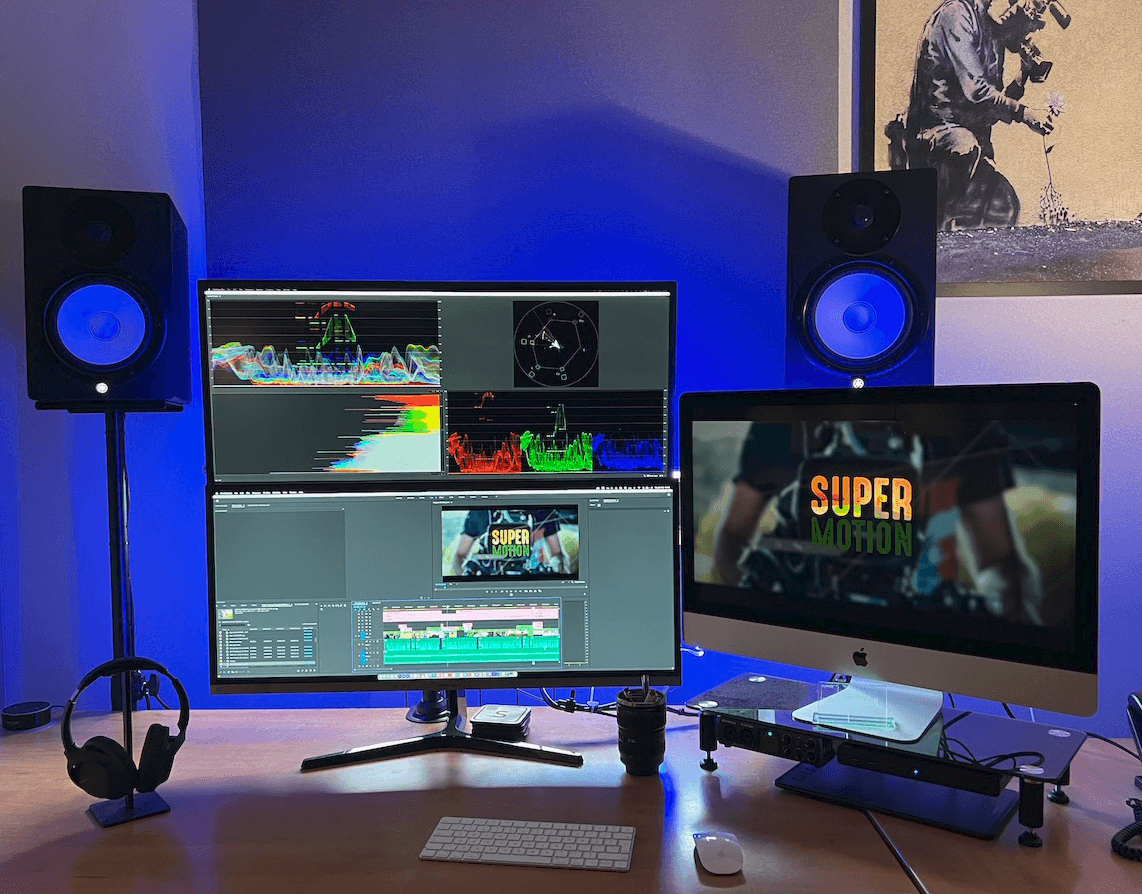

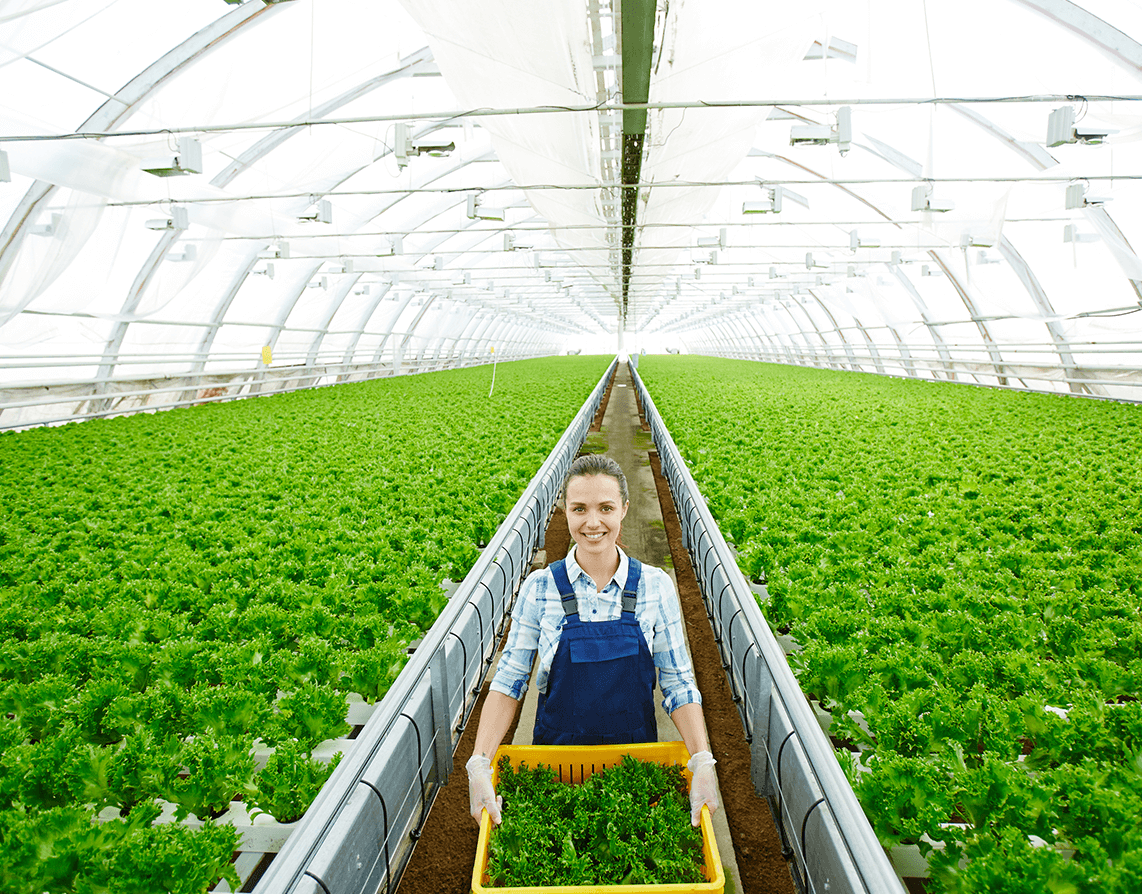


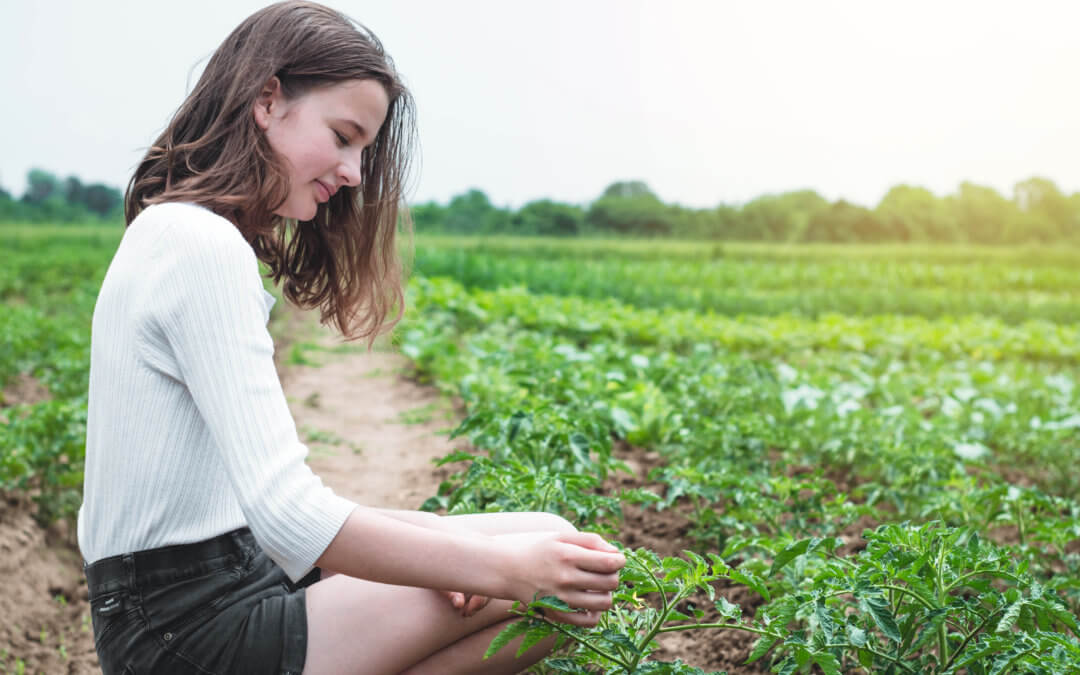
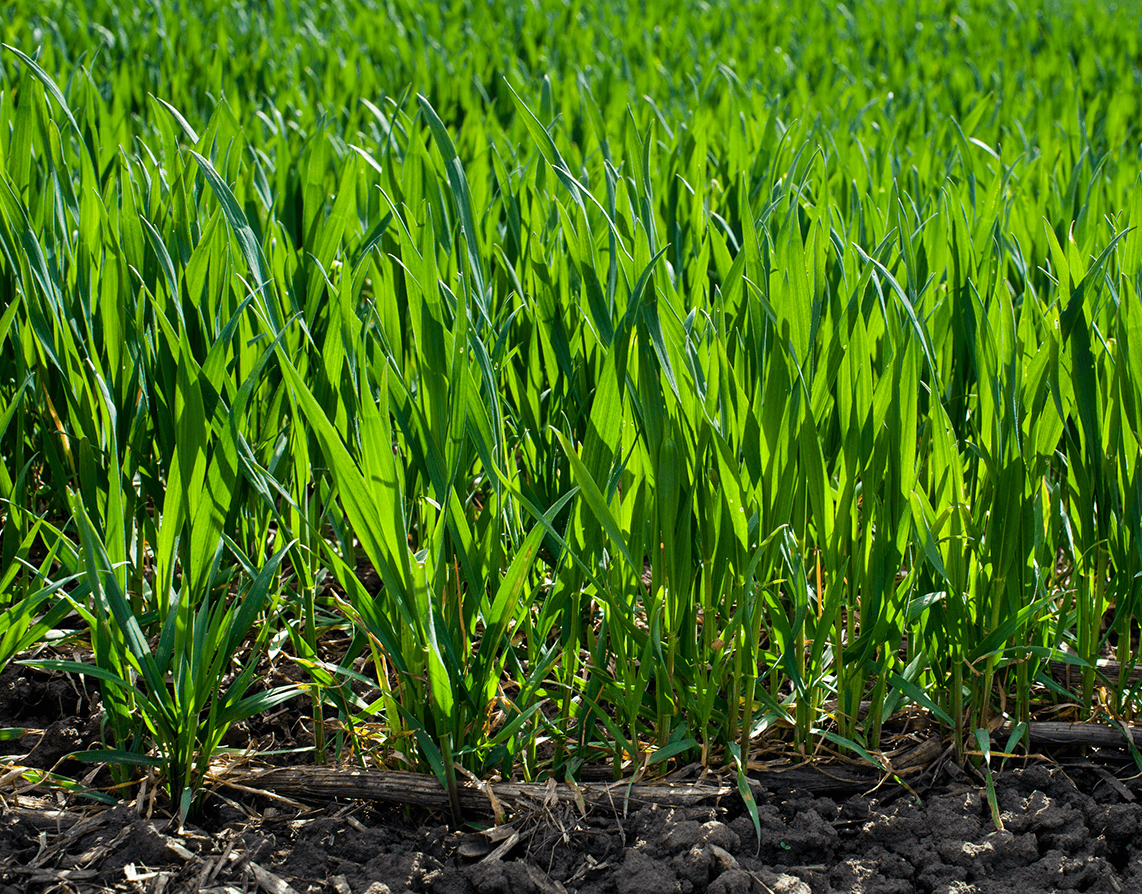

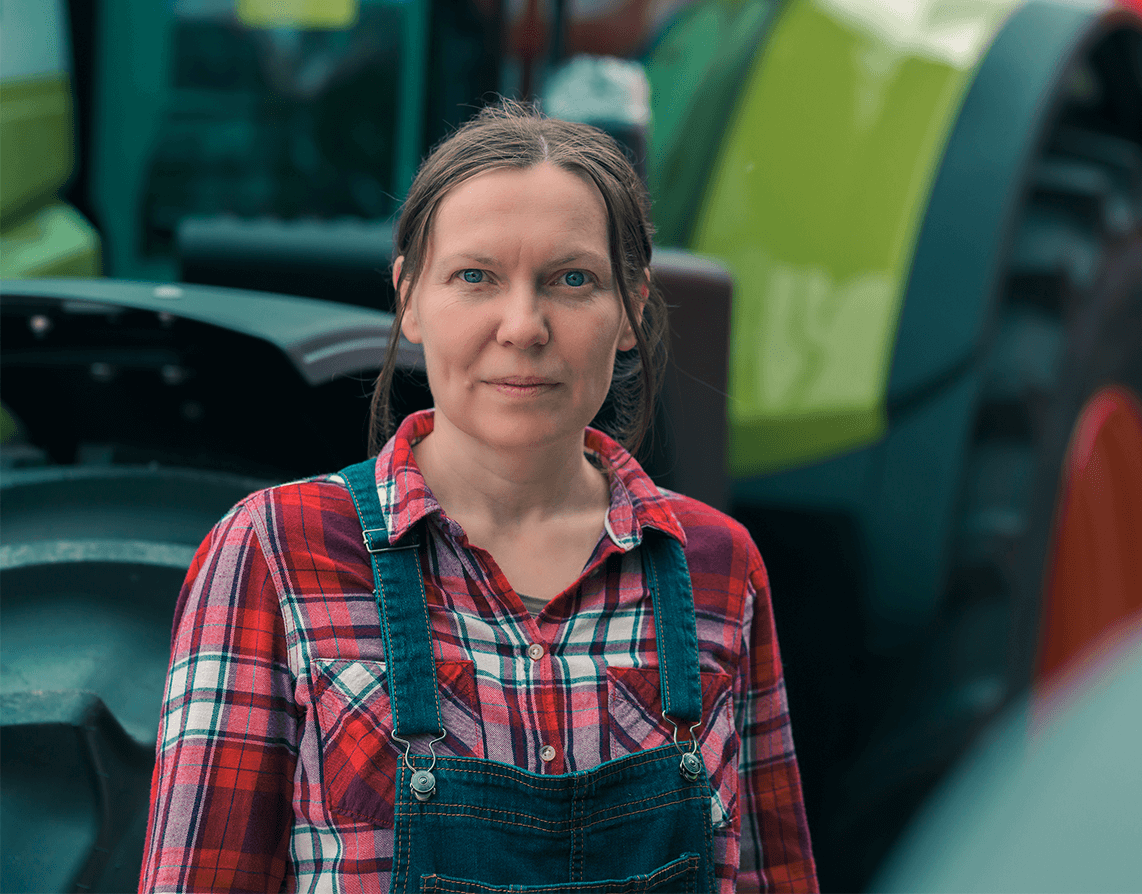




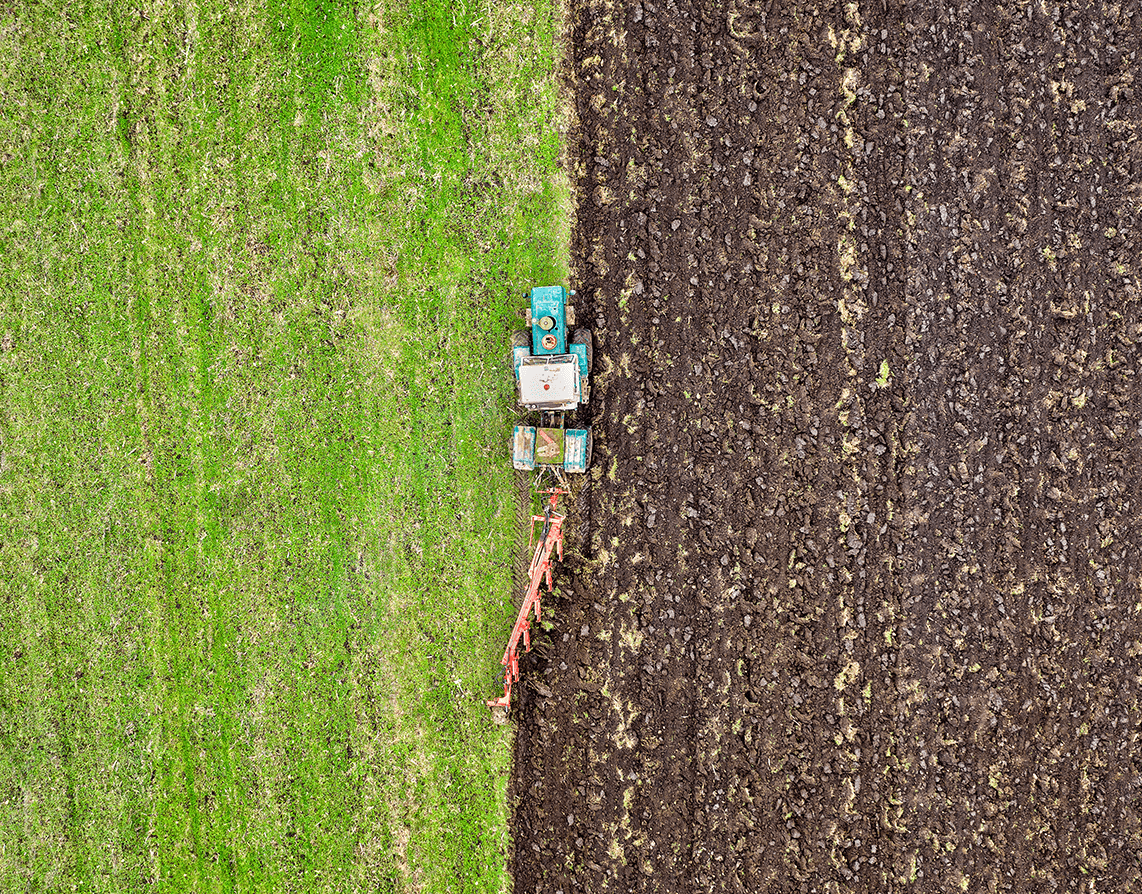
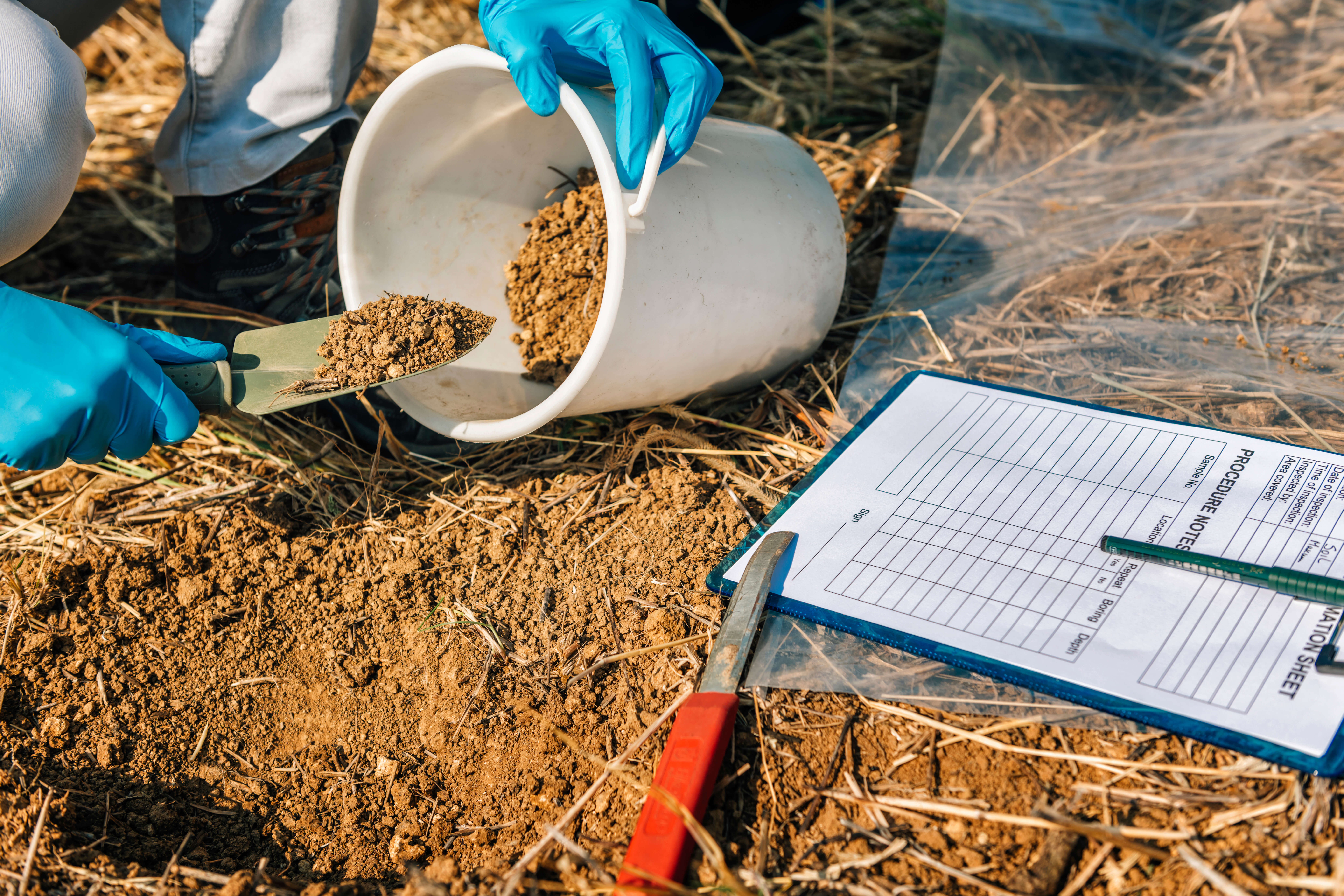


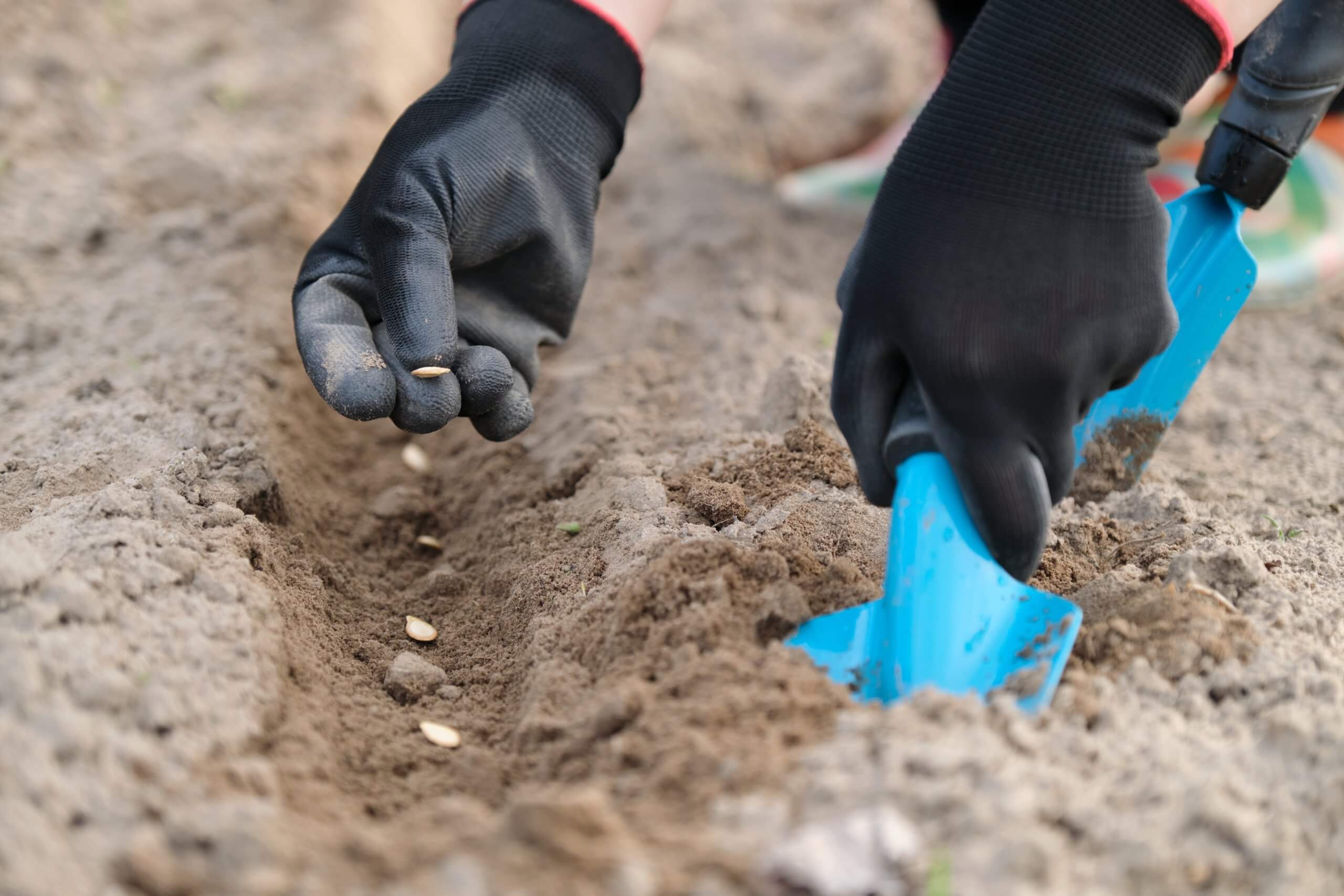
Recent Comments